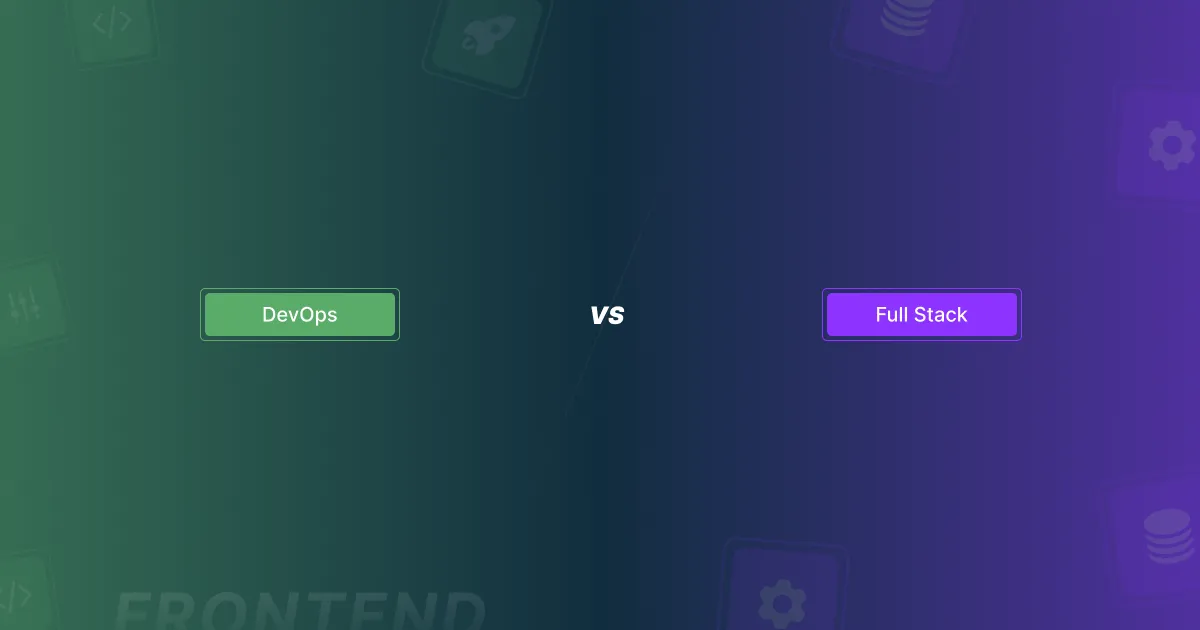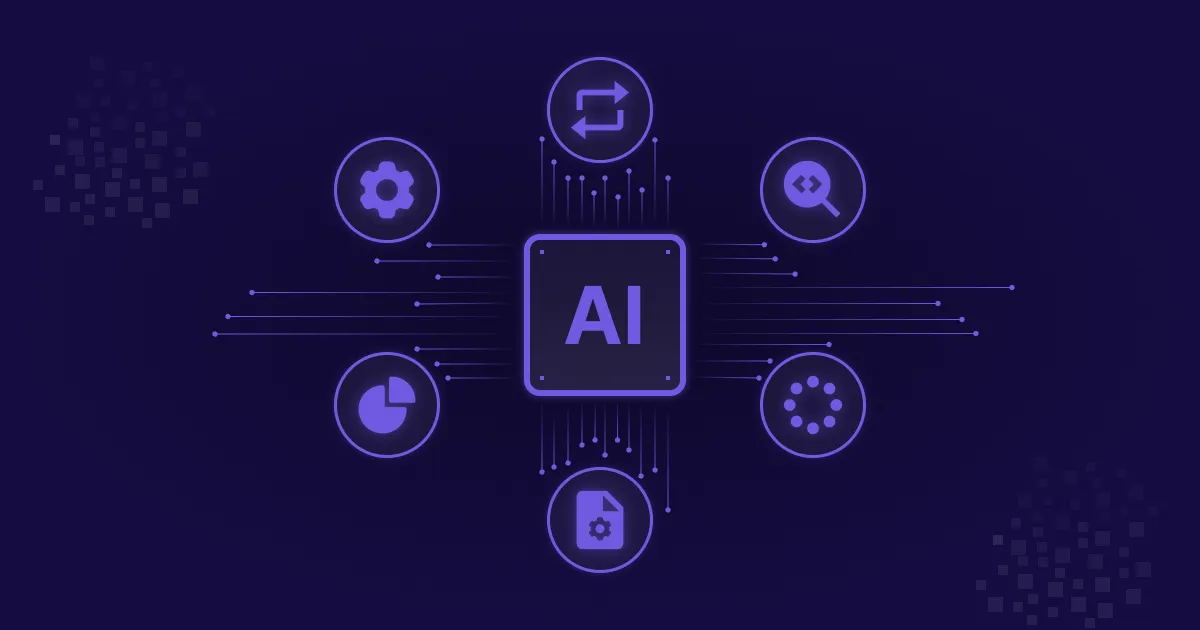Why move from Heroku to Microtica? 5 Reasons to migrate your apps.

Heroku is one of the first cloud platforms on the market that changed the way developers interact with the cloud forever. It offers developers a way to build, deploy, and manage applications quickly and easily. It is said to be one of the most popular choices for startups. But, with so many great reasons to stick to it, why do so many developers need to move from Heroku to another platform?
In this blog post, we will outline the top 5 reasons you might have to switch to Microtica. So, whether you are looking for better performance, lower prices, more control over your environment, or a platform that is more appropriate for your project, read on to find out more!
1. Flexibility and customization
When starting a project, your only goal is getting it to market faster. So PaaS solutions like Heroku, which offer speed of cloud delivery while relieving you from the extensive tasks to set up and maintain infrastructure are super useful.
But as the application grows and cloud services evolve, developers need to know more and more about the technologies they are using, they need to be more involved in the whole delivery process. That requires them to have the flexibility to change their resources as the projects demand.
Microtica brings the best of both worlds. It offers an abstraction of the underlying cloud complexities while providing developers with the ability to go deeper and customize their solutions when the app requires it.
Developers can use the self-service portal to create infrastructure and deploy applications on Kubernetes, without the need to learn the intricacies of these technologies. But also, as the applications need more customization, Microtica’s features allow developers and experienced DevOps engineers to create custom infrastructure components, set up reusable templates, establish best practice guardrails, implement access control, define and publish APIs, and more.
2. Infrastructure and data ownership
As an application grows, the infrastructure needs to grow along with it. In order to scale operations effectively, a company will need to take on the ownership of its infrastructure. You need complete control over everything, from the data centers where your applications run to the tools and services that keep them running. With this level of ownership, you can make sure that your applications are always running smoothly.
Microtica is not a PaaS solution, so it doesn’t offer hosting options for your applications. Our FREE plan offers setup and delivery of infrastructure and application templates on your AWS account. So you can deploy ready-made frontend, backend templates like a Next.js, React or Node.js app. You can also deploy whole development solutions like a CMS, e-commerce solution and much more.
With Microtica’s paid plans you can extend your infrastructure and create more complex solution on your own AWS account.
This means that every piece of infrastructure provisioned with Microtica and all the data stored in the databases is under your control and ownership. When you access your AWS account you can find the services there and continue building in the console. You control the access you want to give to Microtica to perform the automation of build and deployment processes.
3. Battle-tested AWS components
When deciding to move from Heroku to another platform, the most preferred solution that comes to mind is AWS. AWS is the pure contrary of Heroku. If Heroku is an easy-to-start, straightforward, simple platform, AWS on the other hand is this huge giant, with over 200 fully-featured services and dozens of different ways to get something working.
For companies moving to AWS to satisfy their scalability requirements, this flexibility of AWS can be pretty overwhelming.
Microtica offers ready-to-use templates that are a combination of multiple AWS services carefully integrated together with well-architectured best practices in place. From simple Next.js application delivery to a Kubernetes cluster, to serverless solutions, you can find common infrastructures that you can deploy in minutes.
This enables developers to be more productive, not spending time learning the fineness of the cloud, but still being able to leverage AWS and create production-ready applications that can reach the market in months.
For those who want to get their hands dirty with IaC (Cloudformation and Terraform), Microtica offers extensible customization. Creating your own infrastructure components and combining them in templates that you can reuse on multiple projects is something that is built into our platform.
To move from Heroku to AWS using Microtica, follow this step-by-step guide in our documentation.
4. Pricing
Even the best Heroku users are aware of the blaring costs associated with this platform. If you plan on hosting many apps that require scaling, this PaaS will end up costing you a lot.
Many developers loved Heroku for its free tier capabilities, as they could run their hobby apps for a longer period of time. Removing this feature brings discomfort even for the paying users that develop on the free plan, as the only option to use Heroku now is a paid plan.
Microtica offers two simple pricing plans starting at $29/month, which should help developers fulfill their development and production needs accordingly. Additionally, it offers an AWS Cost Optimizing solution (coming soon) that helps companies reduce cloud waste by defining custom sleep schedules for non-production environments and cloud resources that have the biggest cost impact.
Also, as Microtica runs on your AWS account, you are more than welcome to use the Free tier or your AWS Credits. AWS credits are one of the most common ways to save on your AWS bill. Here are some tips on how to get AWS credits.
⚠️ Microtica does not include your Cloud costs.
5. Microtica is customer-centric
Microtica offers community and email support for all our customers. Additionally, we offer the ability to contact us through chat support so we can try to resolve your issue as soon as possible while you’re experiencing it.
Our customers love our support team which is completed of the same engineers who work on the platform every day and know it very well. Among our team we also have AWS-certified engineers and developers who have worked with AWS for more than 10 years, so they know the details of AWS pretty well, making them perfectly suitable to offer you the support you need beyond our platform, so you can achieve your cloud goals faster.

To get this kind of support with Heroku, you need to pay for premium support of $1000/month to chat with a support engineer.
Give us a try now — Sign up here to move your apps from Heroku to AWS today.
Subscribe to receive the latest blog posts to your inbox every week.
*By subscribing you agree to with our Privacy Policy.

Relevant Posts



